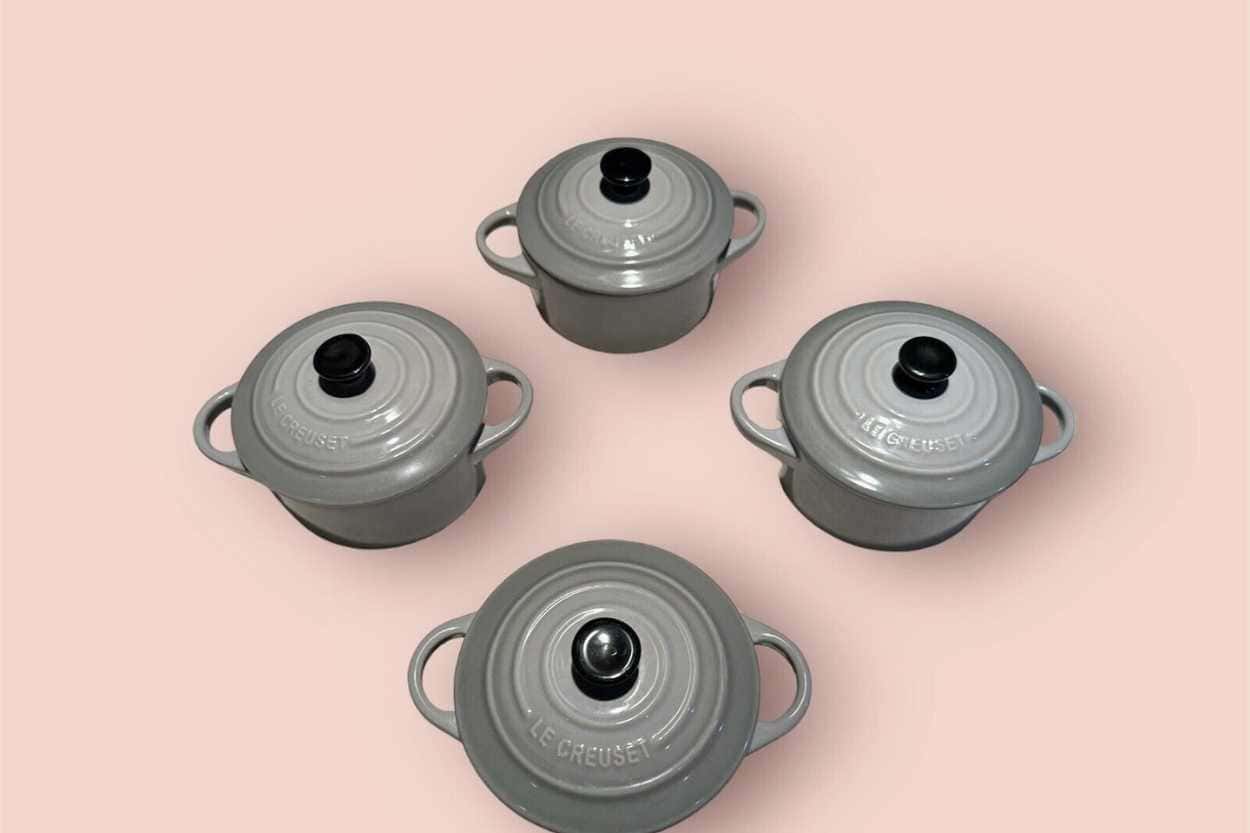You may have heard of cocottes and Dutch ovens but have difficulty deciding which is best for your kitchen space. But not to worry! This article will fully explore the cocotte vs. Dutch oven and give you all the information you need to make an informed decision.
In a nutshell, the primary difference between a cocotte and a Dutch oven is the size, with the cocotte being generally smaller.
What is a Cocotte?
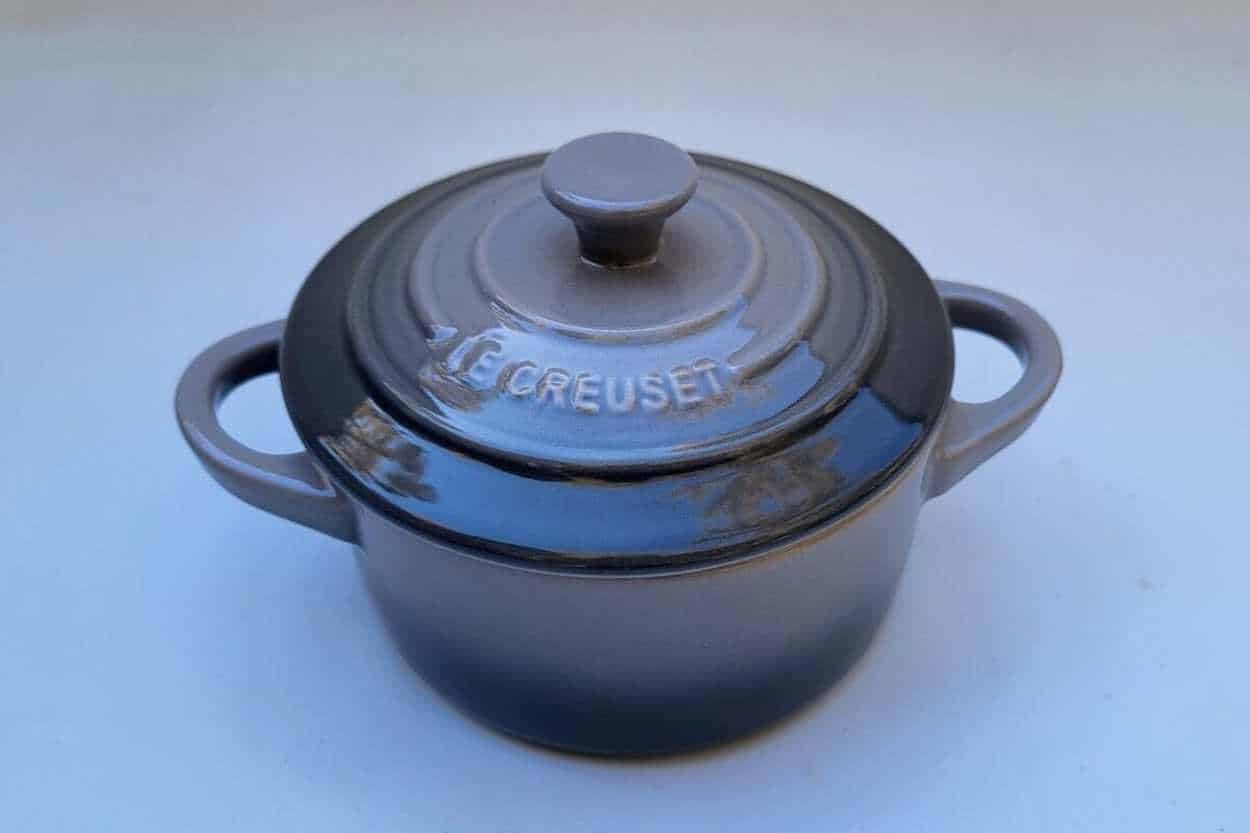
Otherwise known as the French oven, a cocotte is a deep, round, small pot with a tight-fitting lid and handle. It’s coated with enameled cast iron to prevent fast rusting and metal seasoning, while the base of the pot is purely cast iron.
I love the cocotte because it’s portable and can be used to prepare several recipes, especially when you want it slow-cooked. You can use it for braising, stewing, baking, or even frying, but I prefer it for baking because it maintains consistent moisture, and its deepness gives the baked goods shape.
Here’s a video that shows how to use Staub Cocotte that I love so much:
While traditionally round, cocottes are also available in various shapes, including rectangular, oval, and even heart-shaped designs. Don’t be deceived by the size, though. The lid is quite heavy.
What is a Dutch Oven?
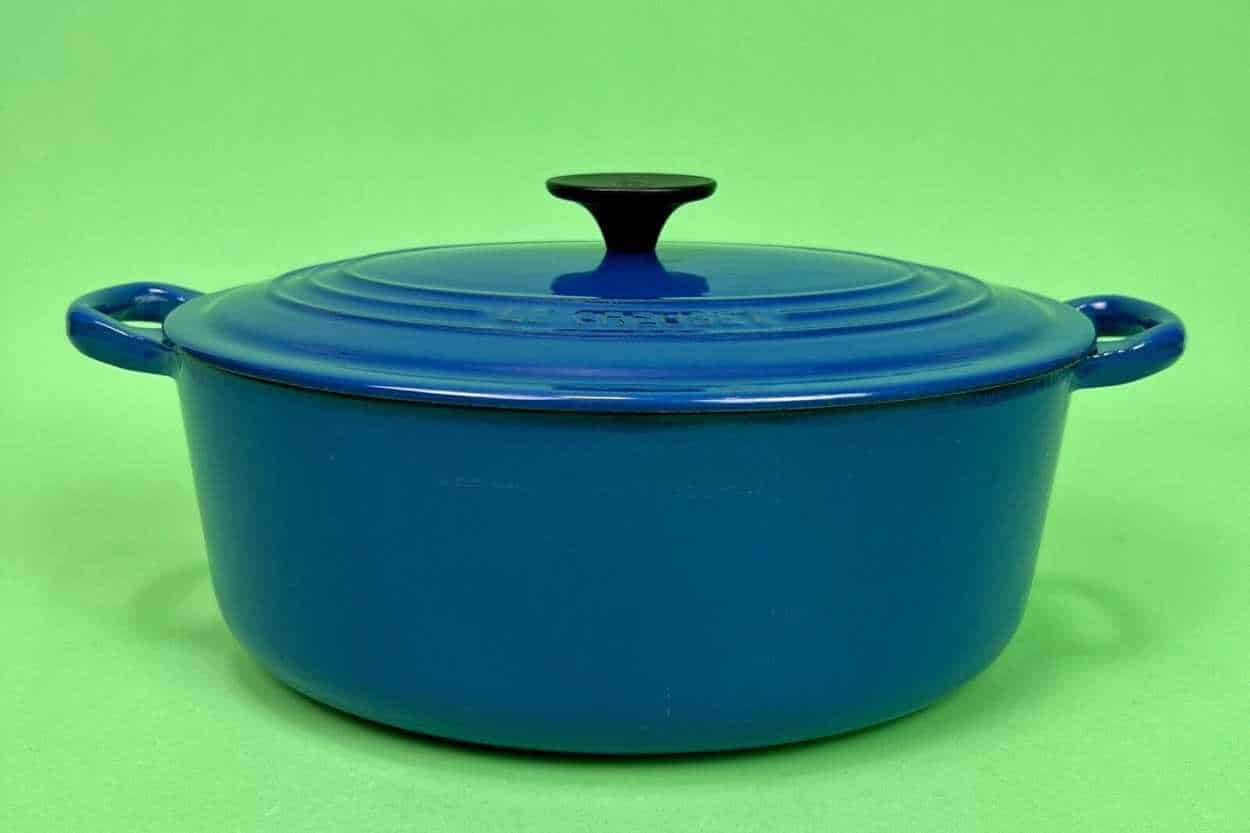
A Dutch oven is a cast-iron pot with a tight-fitting lid and strong handles. Several types of Dutch ovens exist, including Staub round cocottes, lodge enameled cast-iron pots, Le Creuset Dutch ovens, Finex Dutch ovens, etc. Each type has its unique feature, shape, and size.
This pot has lasted throughout history because it’s incredibly versatile and can be used on the stovetop and in ovens. I love using the bigger Dutch oven size for frying because the lid perfectly confines splattering oil and circulates the condensation around the food.
You can use it to make your stew, brown ingredients before cooking the rest of the meal, and even bake your favorite pastries.
Here’s a video on several ways to use a Dutch oven like a pro:
Cocotte vs Dutch Oven: What are their Similarities?
Now that you know each of them, how are they similar? Let’s find out.
Material
Both cocottes and Dutch ovens are commonly made with materials such as cast iron, enameled cast iron, or ceramic. These materials retain and distribute heat very well, making them ideal for slow-cooking meals. Plus, enameled cast iron and ceramic materials are super easy to clean.
Perfect for Stovetop and Oven Use
You can use the cocotte and Dutch oven on the stovetop and oven. Enameled cast iron pots are naturally designed for stovetop uses, whether electric or gas heat sources. If you have an ordinary cast iron Dutch oven, you can use it on the stovetop, but you might have to season it first.
Non-Reactive Interior
Dutch ovens and cocottes are typically non-stick and non-reactive because they preserve flavor without reacting with acidic or alkaline foods. So, you don’t have to worry about your foods developing an uncertain, metallic taste. Plus, it prevents discoloration and immediate spoilage.
Longevity
Dutch ovens and cocottes have been in vogue for centuries. Yes, there may have been several iterations over the years, but the core components have remained the same. They are very durable, especially when properly cared for.
Cocotte vs Dutch Oven: What are their Differences?
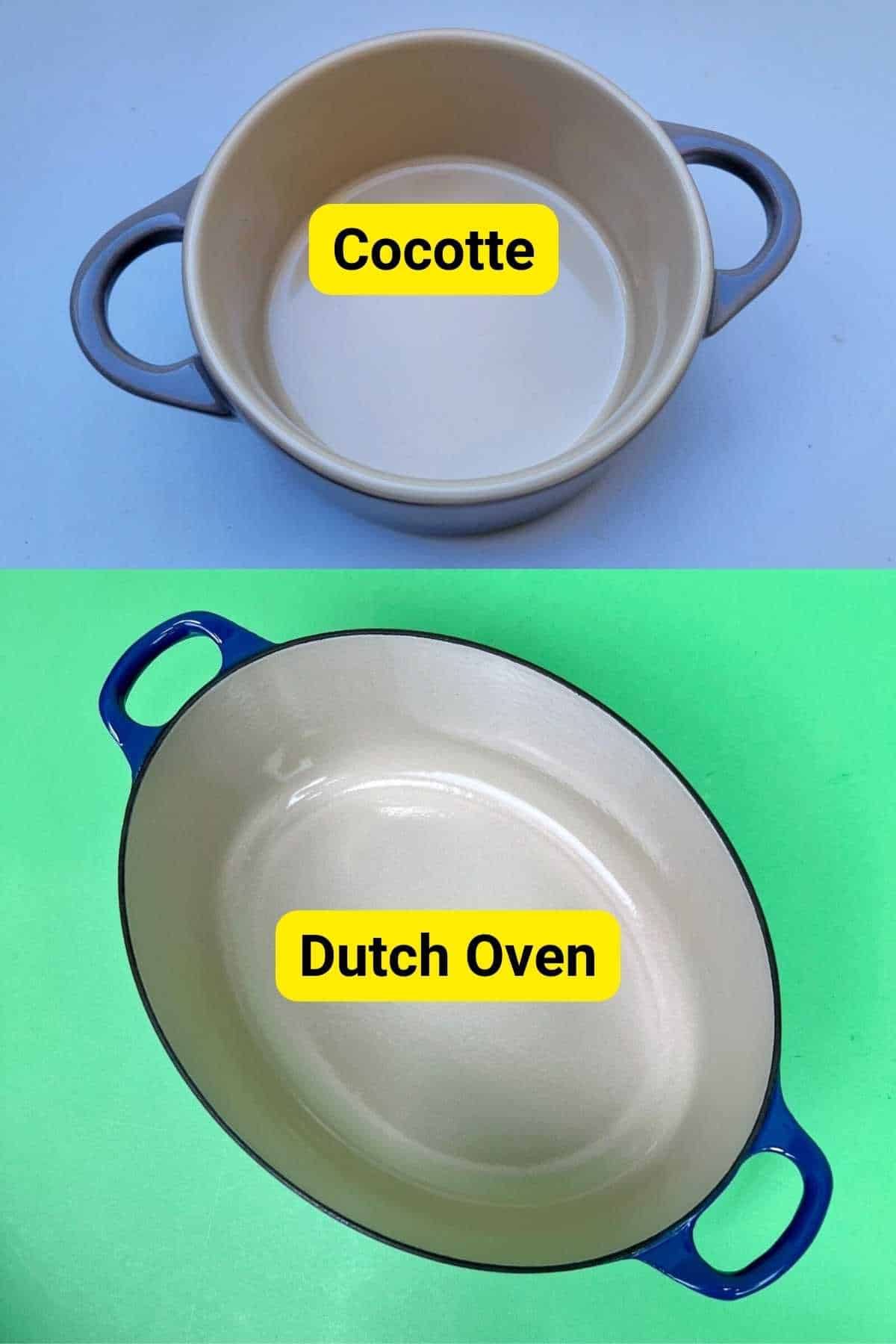
Now that you know how similar they are, what are their differences? Let’s find out.
Size and Capacity
Cocottes are typically smaller in size, ideal for serving individual portions or side dishes. They range from 0.25 to 2 quarts. On the other hand, Dutch ovens offer a broader range, starting from 2 quarts to over 13 quarts, making them perfect for main courses and larger family meals. Be sure to choose a size that fits your usual recipe volume.
Aesthetic Appeal
The cocotte naturally has more aesthetic appeal than the Dutch oven because of its portability and appearance. If you’re hosting a family dinner or a group of friends, serving them from the cocotte would be fantastic. It serves its function, makes the place look elegant, and doesn’t take up space on the dining table.
Suitability for Different Heat Sources
Both cocottes and Dutch ovens are compatible with various heat sources, including gas, electric, and induction cooktops, they are also oven-safe. However, Dutch ovens can resist higher temperatures. If you frequently use high-oven temperatures, verify the specifications of your cocotte or Dutch oven before purchase.
I always use my Dutch oven to prepare food when I am hosting people outside my home, having a picnic with family, or even camping. Cocottes aren’t built for that.
Cultural Affiliations
Cocottes have strong cultural associations with French cuisine, while Dutch ovens are linked to Dutch cooking traditions. For instance, the word ‘cocotte’ is a French word deeply embedded in French cuisine.
Given the renowned quality of French cuisine, cocottes are popular for serving a variety of dishes due to their elegance and functionality. The cocotte was primarily designed to make the dining table more elegant.
Recommend Read:
- Braiser Vs. Dutch Oven: Which Cookware Is Better For You?
- Dutch Oven Vs. Roasting Pan: An In-Depth Comparison.
- Braiser Vs. Dutch Oven: Which Cookware Is Better For You?
Frequently Asked Questions (FAQs)
Here are some questions people commonly ask:
What is it called a Cocotte?
‘Cocotte’ is a French word that means ‘casserole,’ so most people commonly saw this as a casserole dish, even though it’s now used for more versatile recipes. It originated in France and some parts of Europe.
Can a Cocotte Go into the Oven?
Of course, you can place your cocotte in the oven. Do your research to find the best oven temperature for them, though.
Is the Dutch Oven Used for Baking?
Yes, the Dutch oven is perfect for baking. I love using it to bake bread because it beautifully traps the steam in the pot and seals it off, evenly distributing the heat all around.
Final Words
In conclusion, both are versatile pieces of cookware, but they have their particular strengths due to differences in design and material.
If your intention is to engage in long, slow cooking processes like stews and braises, a Dutch oven with its heat retention qualities could be your go-to choice. On the other hand, if you often go from oven to table and prioritize presentation, the cocotte’s design could be more appealing.
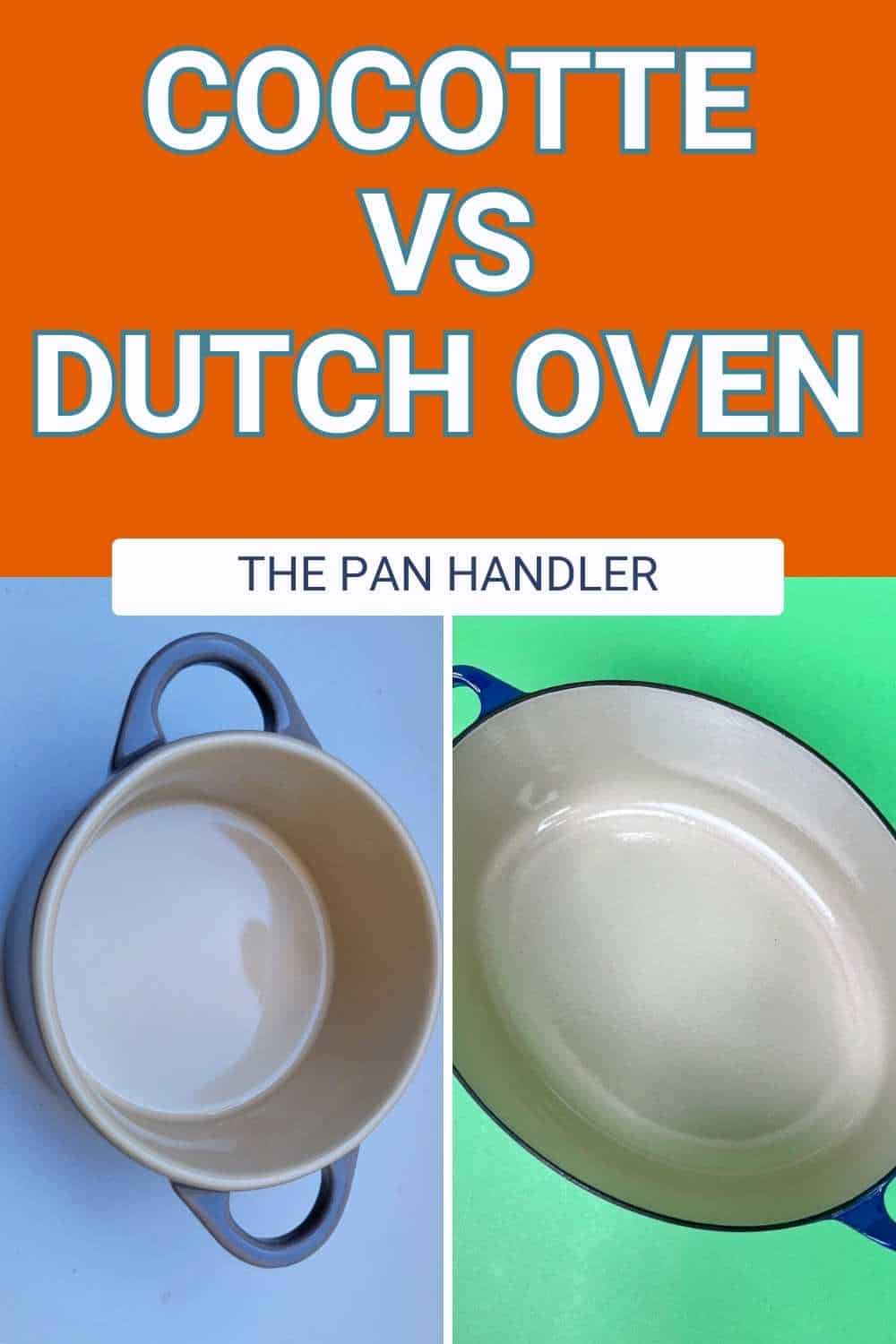
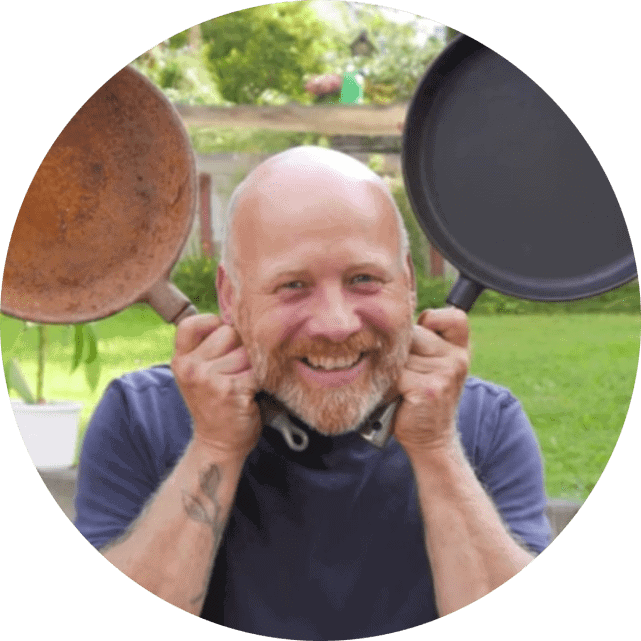
Michael Johnson is the founder of Pan Mastery, Inspired by his blacksmith grandfather’s legacy has a deep appreciation for hand-crafted pots and pans, he provides invaluable guides, reviews, and recipes to enhance your culinary journey.

